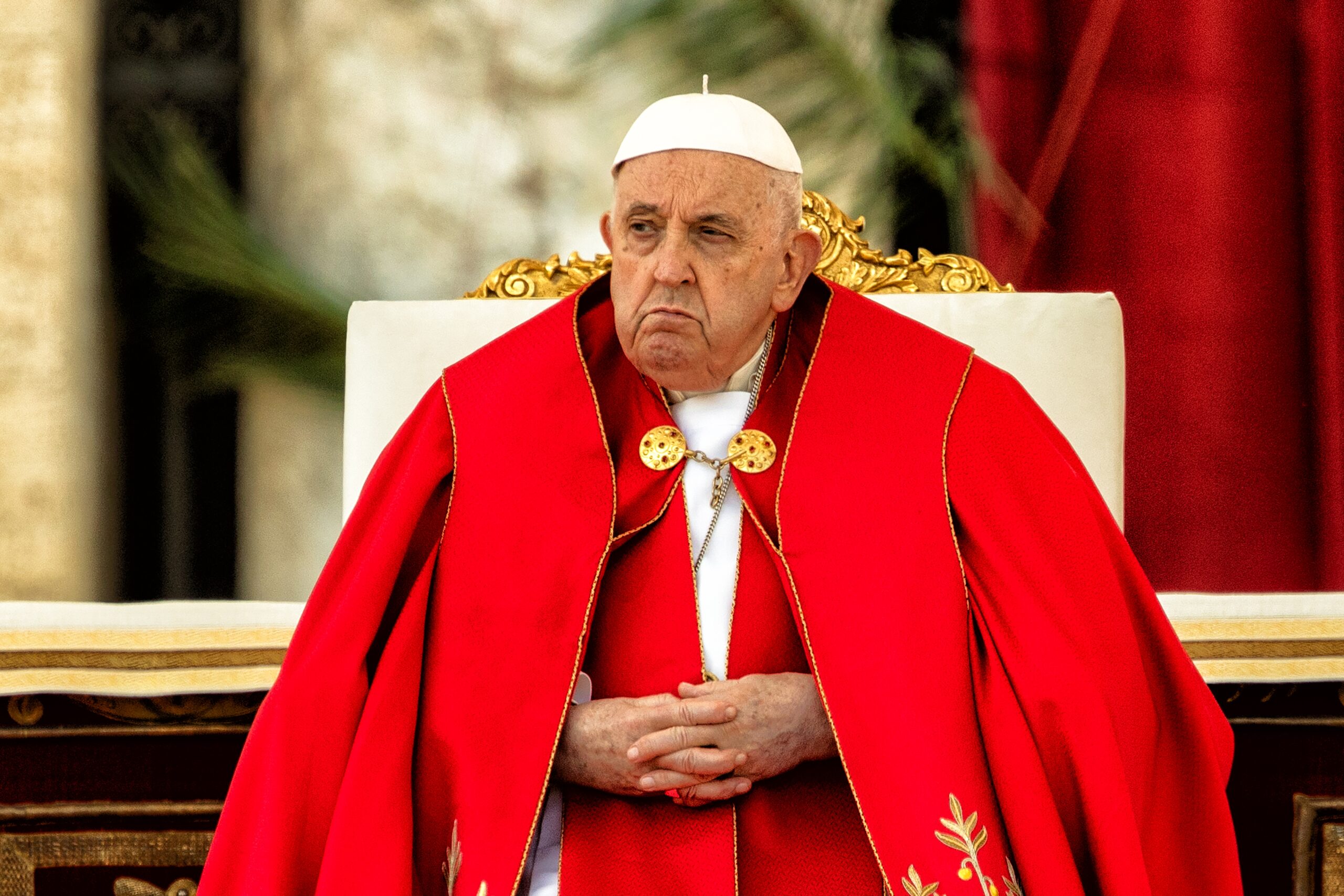The Vatican announced on Saturday night that Pope Francis is still in critical condition after a “prolonged respiratory crisis” that required a high flow of oxygen. He has also been given blood transfusions after tests revealed thrombocytopenia, which is associated with anemia.
Pope Francis was admitted to the hospital on Feb. 14 after being diagnosed with double pneumonia and chronic bronchitis that had left him breathless and unable to read prepared speeches.
Doctors on Friday said he was “not out of danger” and was expected to remain at Rome’s Gemelli hospital for at least another week. Doctors in Saturday night’s medical bulletin said the pope continued to be alert and had spent the day in a chair in his room, “even if he was in more pain” than previous days. They warned that the main threat Francis faced was the potential onset of sepsis, a serious blood infection that can damage the body’s organs and which can occur as a complication of pneumonia.
Sergio Alfieri, the chief of the pontiff’s medical team, said: “Is he out of danger? No. But if the question is ‘is he in danger of death’, the answer is ‘no’.”
Pope Francis has a history of respiratory illness, having lost part of one of his lungs to pleurisy as a young man. He had an acute case of pneumonia in 2023.
Pope Francis, born Jorge Mario Bergoglio, is 88 years old, he was born in Buenos Aires, Argentina, he is the first pope from the Society of Jesus (the Jesuit Order), the first from the Americas and the Southern Hemisphere, and the first pope born or raised outside Europe since the 8th-century Syrian pope Gregory III.
Following Pope Benedict XVI’s resignation on 28 February 2013, a papal conclave elected Bergoglio as his successor on 13 March.




